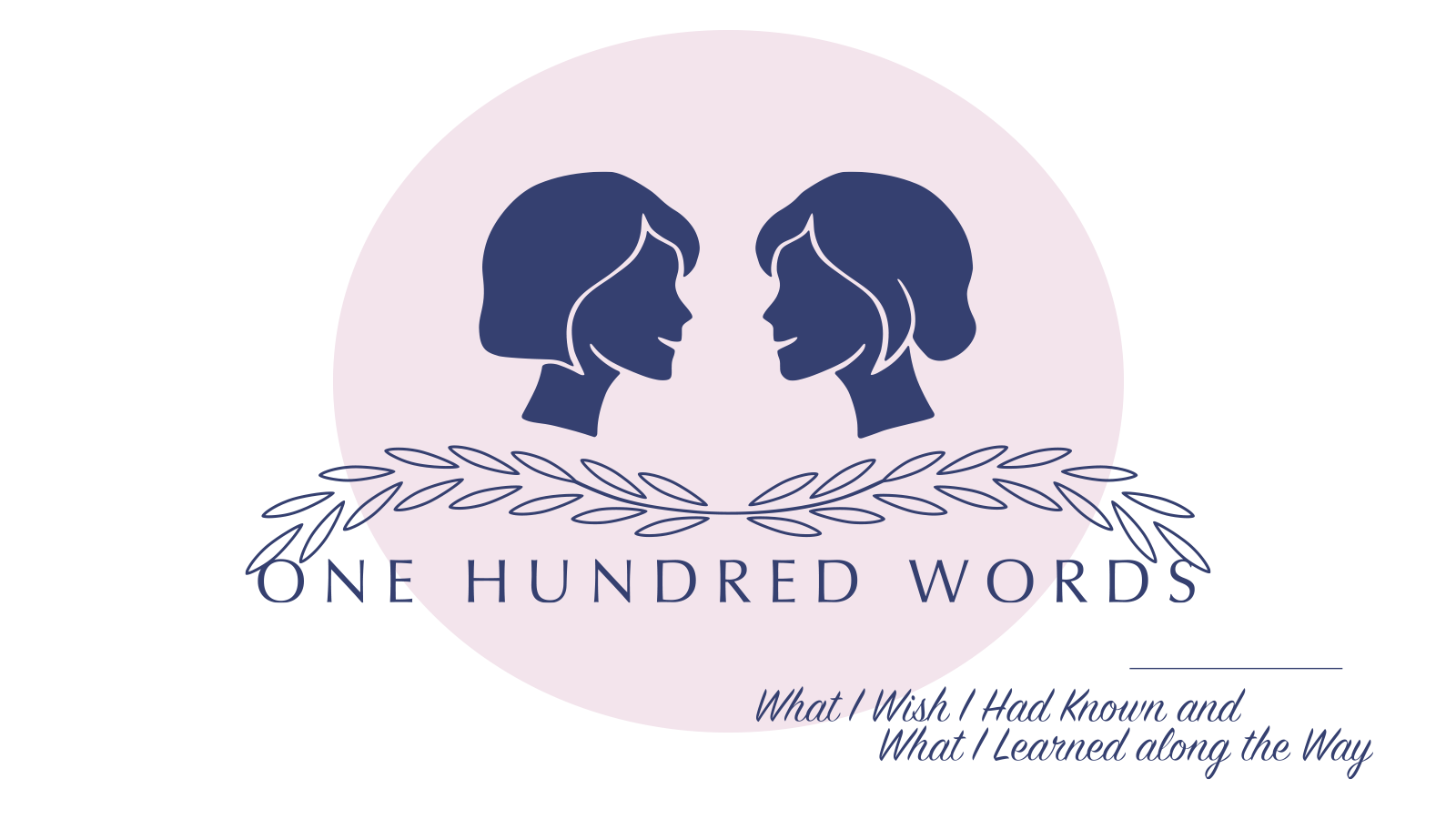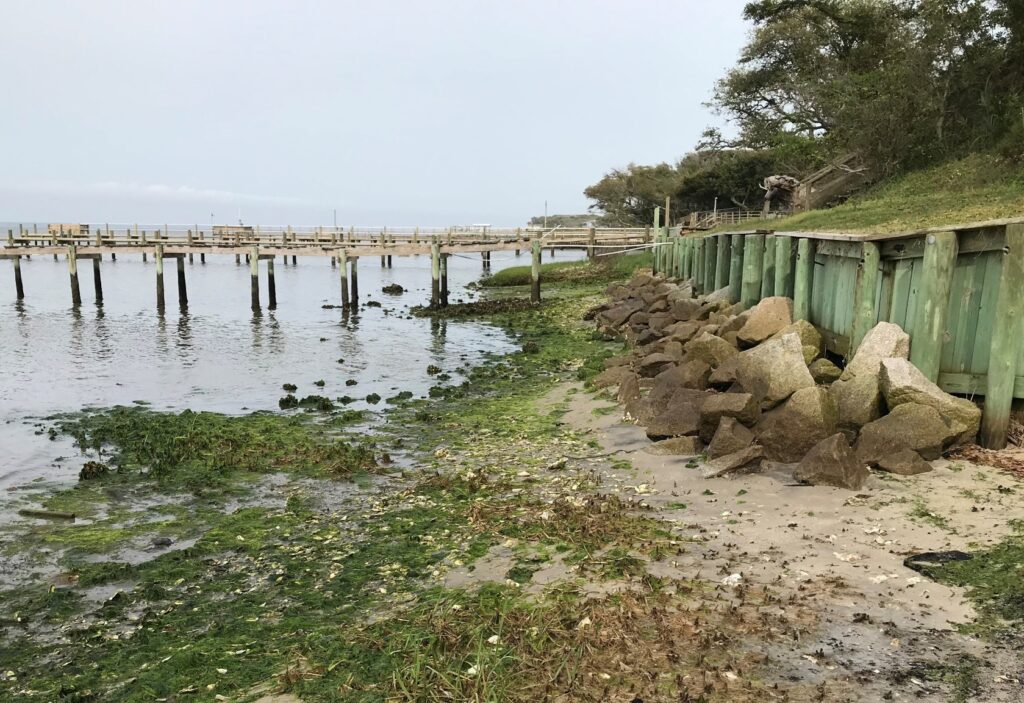Be kind to one another, tenderhearted, forgiving one another, as God in Christ forgave you.
Ephesians 4:32 ESV
At some point, we must acknowledge any grievances we have against our children and forgive them.
Forgive them for grumbling.
Forgive them for not trying.
Forgive them for not finishing their work.
Forgive them for forgetting what you thought they had mastered.
Forgive them for not practicing after begging for expensive music or art or dance or whatever lessons.
Forgive them for not liking the curriculum you took weeks to select.
Forgive them for not being independent learners—as if that was their fault.
Forgive them for not meeting the advertised parenting or homeschool expectations—as if that was their fault as well.
Forgive them for not being kind to their siblings.
Forgive them for wishing they had different parents.
Forgive them for all the other things you once held and might still hold against them.
At some point you pardon the people in your family for being stuck together in all their weirdness and when you can do that, you can learn to pardon anyone.
Anne Lamott







